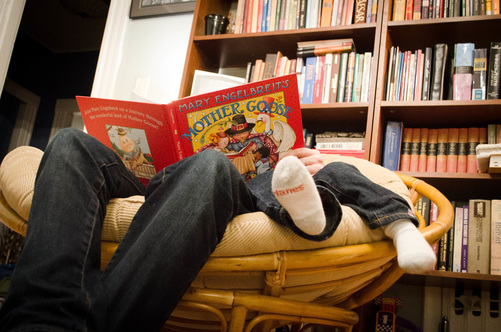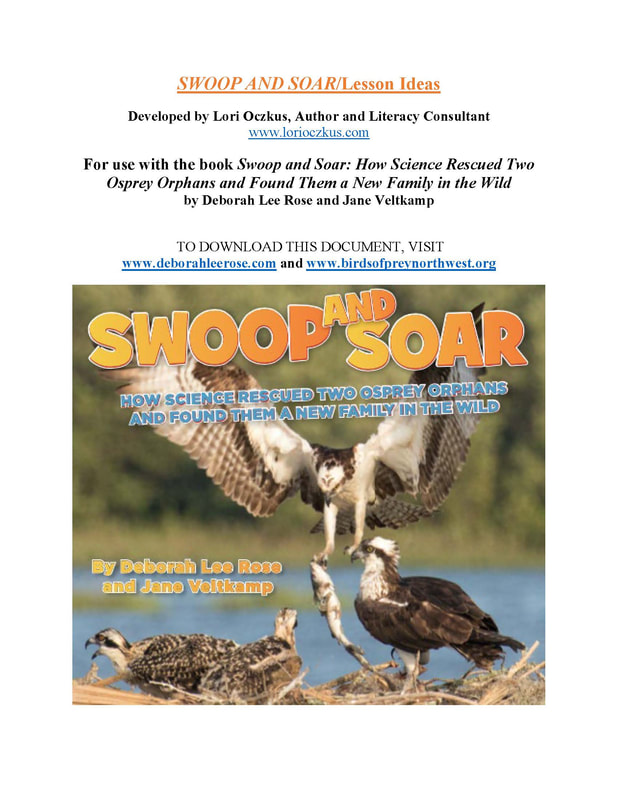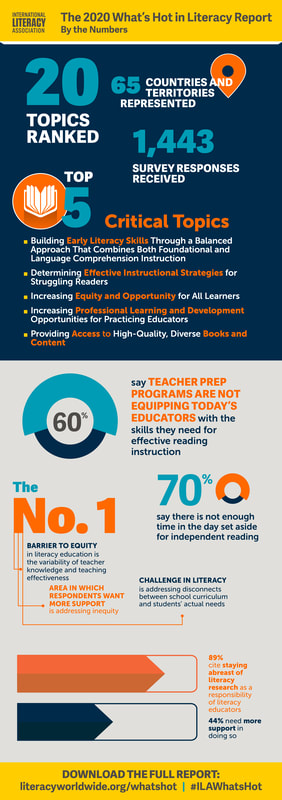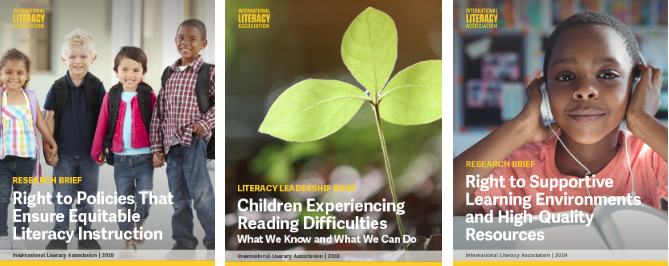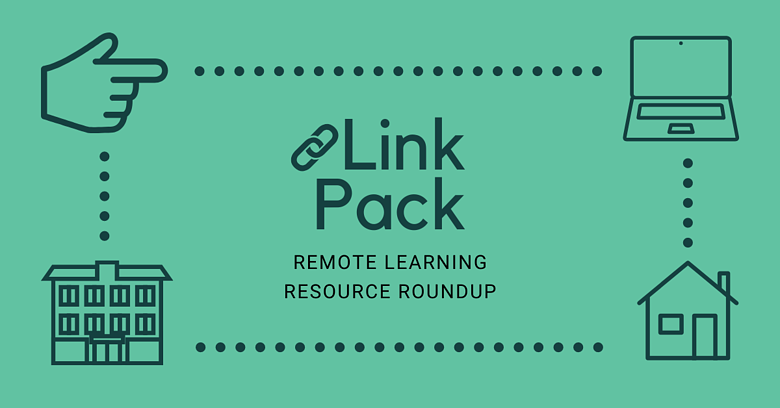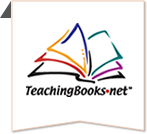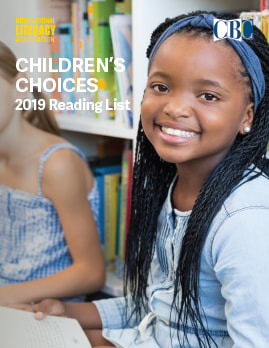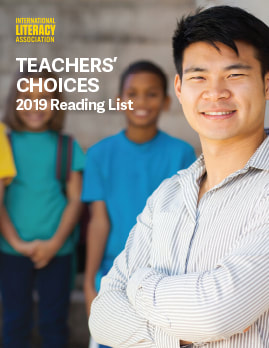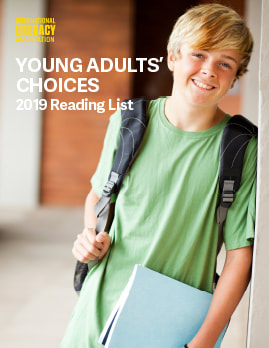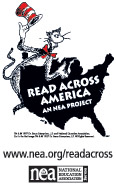Used under creative commons from Kelly Sikkema
New Resources
ILA Resources
Teacher IdeasHow to Boost Reading Comprehension with the Fab FourHow to Improve Comprehension & Fluency with PoetryTeachingBooks.net is an easy-to-use website that adds a multimedia dimension to the reading experiences of children's and young adult books. Our online database is developed and maintained to include thousands of resources about fiction and nonfiction books used in the K–12 environment, with every resource selected to encourage the integration of multimedia author and book materials into reading and library activities. (Taken from Teachingbooks.net)
Sentence Mastery: IVF Sentences
By: Jamie Azevedo from Cinnabar School This is a fun, easy way to teach your students how to write a topic sentence. First take sheet of white paper and fold it into thirds. The first section will be the initial box where students will focus on the genre, title, and author of the piece. This is a great opportunity to focus on poetry, fiction or nonfiction books, or a presentation (audio or video). The second section is the verb box where students will identify 2 to 3 verbs, which illustrate their purpose. Some examples include: shows, tells, presents, describes, explains, lists, gives, defines, and compares. The last section is where they will finish their thought. They will ask themselves, what is the purpose of this piece, or what did it teach me? You may want to have your students come up with a couple of ideas in this box. Lastly, the students will put the sentence together. This is where the students will try each verb in their sentence and choose the one they believe to be the best for their purpose. Now they are ready to write their sentence. 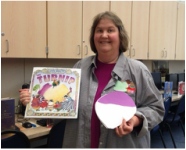 Carla Peterson Carla Peterson
The Turnip by Jan Brett
There are many activities you can do with the newest Jan Brett book, The Turnip. Brett’s The Turnip is based on the Russian folktale The Enormous Turnip (also known as The Giant Turnip or just The Turnip). Although the setting is the same in both tales, characters and the endings are vastly different. How about trying these writing activities with your class: Make a list of adjectives for the word enormous: Giant, Gigantic, Huge, Colossal, Super, Big Discuss what the following idioms mean: Just fell off the turnip truck (ignorant, unsophisticated) You cannot get blood from a turnip (you cannot get help from an uncharitable person or money from someone who has none) Compare and contrast the setting, characters and plot in the traditional tale and Jan Brett’s The Turnip. Or, try these non-fiction activities: Have each student in your class create a turnip shape book. Using research and observation students will create their books. In the book, have students find and list the scientific name for turnips, make observations about turnips, and give “fun facts” about turnips, turnip greens and rutabagas. Have students create a recipe using turnips. Turnip Taste Test Have students taste turnips – both raw and cooked. Give students post-its to write their opinions. Make a chart for likes/dislikes/don’t know. Great Winter Challenge
For the past two years the students at McKinley Elementary school in Petaluma have set a goal to read as many books as they can from December 1st to January 5th. Last year the McKinley Mustangs read 2850 books. This year the challenge is to read as many AR points as possible for 4th-6th graders and for the PACS (Petaluma Accelerated Charter School) 7th graders they will log the number of pages read during the December and the first week in January. This project keeps students motivated to read during December and when school is not in session. A chart was kept in the Multi-purpose room with the number of AR points earned by 4-th – 6th grade students in each teacher’s class and the 7thh grade kept track of the pages read. There was also a tree in the front hall way of the school with suggestions of books students might like to read based on the reviews from other students. Students were encouraged to discuss the books they were reading and share ideas with their classmates. Students kept logs with the number of points or the pages of the books they have read. Anne Seil, reading Specialist at McKinley Elementary has organized the event. For the past three years. The results from this year’s reading challenge are the following: 4th - 6th grade (based on Accelerated Reader points) 1st place - 269 points 2nd place - 218.1 points 3rd place - 40.2 points PACS (Petaluma Accelerated Charter School) (7th grade) (they chose to use # of pages read) 1st - 8306 pages 2nd - 5162 pages 3rd - 2693 pages Congratulations McKinley for the outstanding reading you did during December! |
Parent Resources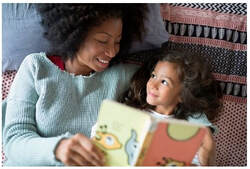
Tips for Interactive Read Aloud - PDF - Click Here
Home Reading Card Template - PDF - Click Here Download the Lists By Clicking on the Pictures AboveResources for ILA Intensive: Igniting the Power of Families for Ensuring Their Children’s Literacy Websites for Read Alouds
The following websites allow children to listen to stories read aloud. We like the ones that highlight the print as the story is being read. Some require subscriptions but may be available to children free of charge at the school or library:
Children can also listen to and interact with books with e-reader apps. Some are available as free light versions. Below are a few examples:
Additional Websites:
Additional Resources:
Californiareading.org Eureka Non-Fiction List and California Young Reader Medal Award list and Parent Reading Intervention Packet: Reading Activities Designed to Assist Parents of At-Risk Students in Primary Grades
Click the Title Below for Additional Information
10 Reading Facts 10 Reading Facts (Español) Lets Read That Again Jump Frog Jump Lesson Plan Father Reads the World Retelling Bookmarks Library Application The 5 Finger Rule |
